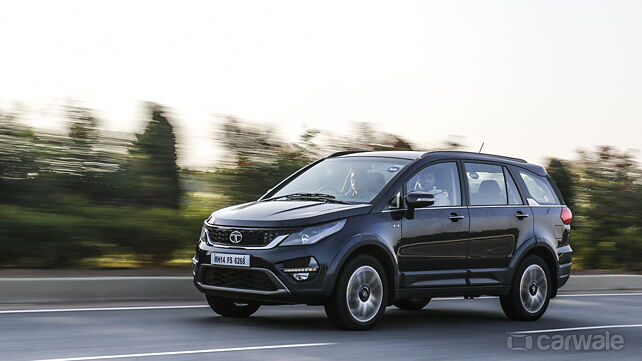
We have driven the new Tata Hexa and even though it did impress us, we still walked away feeling it needed to do more. The Tata Hexa is being positioned as a capable, all-terrain, luxurious, lifestyle offering; one that would make for an ideal replacement for cars like the Hyundai Elantra and the Toyota Corolla. Not to mention an alternative to both the Mahindra XUV500 and to an extent the Toyota Innova Crysta.
Good not great
But here’s the thing. As a package, the Hexa is good but not great.
Take its all-terrain ability for instance. The Hexa, even with its Rough Road driving mode (for the manual) isn’t exactly a mountain goat. The long wheelbase, the overhangs, and not enough wheel articulation and solid off-roading hardware limit its capabilities in the off-roading scene.

Ditto for the ‘luxury’ part. The quality – the look and feel – of plastic used all round is good. The seats in particular look fantastic. And one would really need to go looking for areas that feel cheap. But, when it comes to features, the comfort and convenience kind, the Hexa falls short.

Sure, it competes with the XUV500 and does match the Mahindra very closely on the equipment list, but missing out on keyless entry and start and even electrically powered driver’s seat when you also have cars like the Elantra to contend with, does leave one wanting somewhat. And, even though the Hexa has good in-cabin NVH, the engine lacks the character and refinement one associates with a luxury offering.

Old baggage
And then there’s the Aria to deal with. The predecessor to the Hexa, it was launched in 2010 and was built on an all-new platform. It packed in goodies no one was demanding. It was a tech fest. And, a maiden attempt at clubbing sedan like comfort and status with SUV like ruggedness and towering stance. It had a modern all-wheel-drive system instead of old-school 4x4 hardware. It could smother anything its path with its all-absorbing ride. And, compared to the Safari, not only was it more upmarket and comfortable, it was better to drive as well.
But, the Aria failed. And there were many reasons. Firstly, most prospect buyers didn’t see it for what it was thanks to poor communication around it. It also only came in as an all-wheel-drive making it heavy, cumbersome and thirsty. It had flawed ergonomics and the overall quality wasn’t anything to write home about. Finally, there was the price. The Aria was more expensive than the well-selling, well-established Toyota Innova. The top of the line Aria Pride was priced at over Rs 15 lakh while the top spec Innova only retailed for around Rs 12 lakh. Both prices being ex-showroom in Delhi.

Achieving greatness
Now, Tata Motors has given itself a second chance in the seven-seater, premium, crossover class with the Hexa. And the good thing is, the Hexa is significantly better than the Aria on almost all fronts then be it design, quality, comfort, drivetrain and options – one can choose between a manual and an automatic; all-wheel-drive or rear wheel drive; and up to three versions in the form of XE, XM and XT.
Sadly, this also might be the Hexa’s biggest fault. Speaking with Tata Motors officials, it was clear they know they have a good product. The designers, engineers and now the marketers responsible for the Hexa all echoed the same. And, it is only natural for them to demand a price that matches the effort and outcome, which is the Hexa.

But, I feel that would kill the Hexa.
Tata Motors is on an upswing. The Tiago is doing well, there are more walk-ins, and buyers at large are willing to embrace Tata products all over again. But, they are doing so because they are getting a well-built, well-specced and good-to-drive product at a fantastic price. The Hexa must be the same.
The Tata Hexa must undercut the Mahindra XUV500 in pricing terms. In fact, it should undercut it significantly. If Tata Motors can realign the prices of the Safari Storme and bring in the Hexa at around Rs 12.5 lakh ON-THE-ROAD for the base and top it out at Rs 18.5 lakh, again ON-THE-ROAD, the Hexa, will not be good anymore. It will be a GREAT value for money proposition.

![Tata Hexa [2017-2019] Image Tata Hexa [2017-2019] Image](https://imgd.aeplcdn.com/272x153/cw/ec/26351/Tata-Hexa-Right-Front-Three-Quarter-96011.jpg?wm=0&q=80)
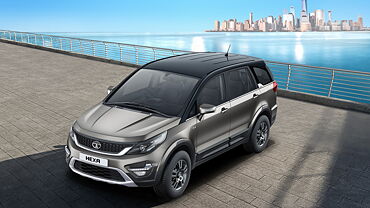









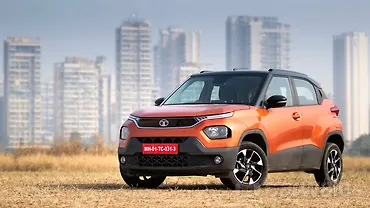
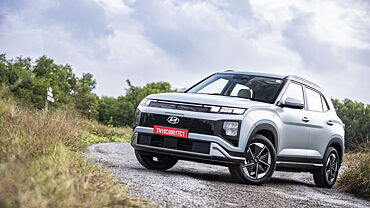
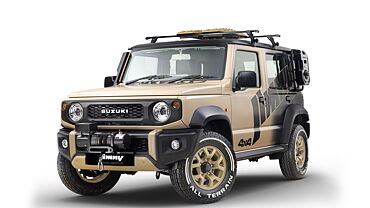
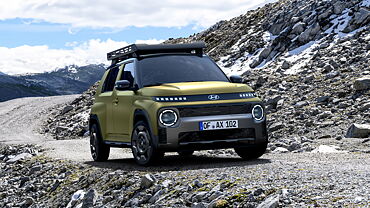

![Tata Hexa [2017-2019] Right Front Three Quarter Tata Hexa [2017-2019] Right Front Three Quarter](https://imgd.aeplcdn.com/199x112/cw/ec/26351/Tata-Hexa-Right-Front-Three-Quarter-96011.jpg?v=201711021421&q=80)
![Tata Hexa [2017-2019] Right Rear Three Quarter Tata Hexa [2017-2019] Right Rear Three Quarter](https://imgd.aeplcdn.com/199x112/cw/ec/26351/Tata-Hexa-Right-Rear-Three-Quarter-88294.jpg?v=201711021421&q=80)
![Tata Hexa [2017-2019] Left Rear Three Quarter Tata Hexa [2017-2019] Left Rear Three Quarter](https://imgd.aeplcdn.com/199x112/cw/ec/26351/Tata-Hexa-left-rear-three-quarter-86706.jpg?v=201711021421&q=80)
![Tata Hexa [2017-2019] Dashboard Tata Hexa [2017-2019] Dashboard](https://imgd.aeplcdn.com/199x112/cw/ec/26351/Tata-Hexa-Dashboard-88297.jpg?v=201711021421&q=80)
![Tata Hexa [2017-2019] Interior Tata Hexa [2017-2019] Interior](https://imgd.aeplcdn.com/468x263/cw/ec/26351/Tata-Hexa-Interior-88298.jpg?v=201711021421&q=80)

























